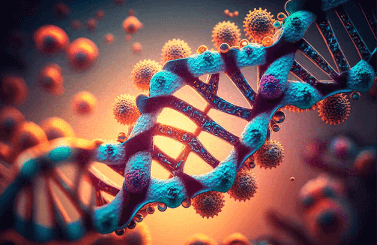Question
a.
aerobic respiration
b.
anaerobic respiration
c.
fermentation
d.
decomposition
Posted under Biochemical Engineering
Interact with the Community - Share Your Thoughts
Uncertain About the Answer? Seek Clarification Here.
Understand the Explanation? Include it Here.
Q. The fastest route of NADH reoxidation is
Similar Questions
Explore Relevant Multiple Choice Questions (MCQs)
Q. In fed batch bioreactor modelling, the rate of change in the bioreactor volume is assumed to be equal to
View solution
Q. Monoclonal antibodies are typically produced in fed batch reactors because
View solution
Q. In plug flow tubular reactor the axial velocity profile on cross-section will be
View solution
Q. Saccharomyces cerevisiae when grown in high glucose concentration medium, the cells activity depends on which of the following?
View solution
Q. Continuous culture has an advantage over to a batch cultures as
View solution
Q. In the batch-fed mode, substrate will be added
View solution
Q. When Escherichia coli grow in a well aerated medium, which of the following will occur?
View solution
Q. Which of the following is best described as secondary metabolite?
View solution
Q. A microorganism which is subjected to the Crabtree effect is most likely to
View solution
Q. When the product formation is approximately equal to the rate of cell growth, the pattern of product formation is termed as
View solution
Q. Which of the following would be correct concerning the concentration of biomass (X). growth limiting substrate (S) and product (P) in a chemostat when the cells have been washed out?
View solution
Q. Pseudomonas aeruginosa has a maximum specific growth rate of 0.8 h¹ in a medium with glucose as a growth limiting substrate. To prevent wash out, the dilution rate must be set to
View solution
Q. In a glucose-yeast extract medium, Lactococcus lactis has a maximum specific growth rate (um) of 1.23 h¹. What would be the specific growth rate of this organism at steady state in a 4 litre reactor being fed at 2 litres per hour?
View solution
Q. Which of the following is not correct with regards to continuous cultures?
View solution
Q. In a plug flow reactor, the highest concentration of substrates is exposed to the cells that
View solution
Q. In an activated sludge process, the biomass is recycled to
View solution
Q. A strain of Escherichia coli has a maximum specific growth rate of 0.8 h¹ on a glucose based medium. If this organism is being grown in a chemostat with a dilution rate of 1.2 h¹, then at steady state the concentration of E. coli in the same medium will
View solution
Q. A fed-batch reactor containing 2 litre of medium and 0.1 g.l¹ of biomass is fed with a medium containing 1 g.l¹ of substrate at 1 litre per hour. If after 10 hours, the concentration of biomass in the reactor was 0.2 g.l¹, then the biomass produced during the 10 hour period is
View solution
Q. Which of the following organisms will continue their metabolism at high substrate concentrations?
View solution
Q. Yeast is typically produced in fed batch reactors because
View solution
Recommended Subjects
Are you eager to expand your knowledge beyond Biochemical Engineering? We've handpicked a range of related categories that you might find intriguing.
Click on the categories below to discover a wealth of MCQs and enrich your understanding of various subjects. Happy exploring!








